
Watermael-Boitsfort or Watermaal-Bosvoorde is a residential suburb of the city of Brussels in Belgium, and one of the 19 municipalities which form the Brussels-Capital Region.

Jean-Baptiste Madou was a Belgian painter and lithographer.

Pierre Bismuth is a French artist and filmmaker based in Brussels. His practice can be placed in the tradition of conceptual art and appropriation art. His work uses a variety of media and materials, including painting, sculpture, collage, video, architecture, performance, music, and film. He is best known for being among the authors of the story for Eternal Sunshine of the Spotless Mind (2004), for which he won the Academy Award for Best Original Screenplay alongside Michel Gondry and Charlie Kaufman. Bismuth made his directorial debut with the 2016 feature film Where is Rocky II?.

Roger Somville was a modern Belgian painter. · He defended realism against modern abstract art, which he believed de-humanize human beings.

Claude Viallat is a French contemporary painter.
Fernand Toupin was a Québécois abstract painter best known as a first-generation member of the avant-garde movement known as Les Plasticiens. Like other members of the group, his shaped paintings drew upon the tradition of geometric abstraction, and he cited Mondrian as a forerunner. In 1959, Toupin began working with a more lyrical, though abstract, way of painting. The last decade of his career saw his return to geometric abstraction. Like Jean-Paul Mousseau, Toupin created works which lay outside the standard boundaries of art such as his stage sets for ballets.

Rodolphe Paul Marie Wytsman was a Belgian Impressionist painter. He trained at the Académie Royale des Beaux-Arts in Brussels, and was one of the founding members of Les XX, a group of avant-garde Belgian artists.
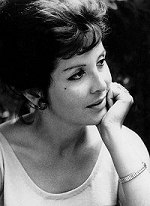
Evelyne Axell was a Belgian Pop painter. She is best known for her psychedelic, erotic paintings of female nudes and self-portraits on plexiglas that blend the hedonistic and Pop impulses of the 1960s. Elements of the 1960s—the Vietnam War, the Black Panthers movement, and the sexual liberation of women affected her work.
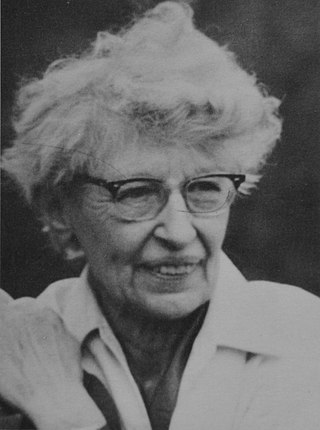
Éliane Georgette Diane de Meuse was a Belgian painter. She was the wife of Max Van Dyck. They met at the Académie Royale des Beaux-Arts, Brussels where they attended the courses of the same professors.

Pierre Jean Baptiste Louis Dumont more commonly known as Pierre Dumont, was a French painter of the Rouen School. He was schooled at the Lycée Pierre-Corneille and subsequently studied painting with Joseph Delattre. Dumont founded the Groupe des XXX (1907), and along with Robert Antoine Pinchon, Yvonne Barbier, and Eugène Tirvert founded the Société Normande de Peinture Moderne (1909). From 1910 to 1916 Dumont lived at the Le Bateau-Lavoir becoming friends with Juan Gris, Max Jacob and Guillaume Apollinaire. He turned towards Cubism during this period and played a crucial role in the organization of the Salon de la Section d'Or at the Galerie La Boétie in Paris, October 1912.
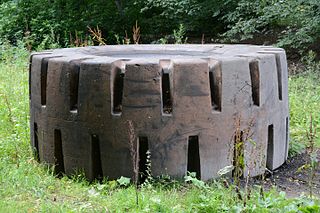
Michel François is a Belgian artist. He lives and works in Brussels, Belgium.

Jean Messagier was a French painter, sculptor, printmaker and poet. Jean Messagier had his first solo exhibition in Paris at Galerie Arc-en-Ciel in 1947. From 1945 to 1949 the artist worked under the influence of Pablo Picasso, André Masson, Paul Klee and François Desnoyer, his professor at École nationale supérieure des arts décoratifs in Paris. Messagier again was revealed to the public at an exhibition organized by Charles Estienne at the Galerie de Babylone in 1952, entitled "La Nouvelle École de Paris". The following year, Messagier deliberately broke away from his expressionistic form of Post-Cubism; his inspirations now focused on Jean Fautrier and Pierre Tal-Coat to develop a personal vision in which he renders "light...approached abstractly." Jean Messagier is often associated with Lyrical abstraction, Tachisme, Nuagisme, Art informel and paysagisme abstrait, though the artist himself had never accepted any labels, and had always refused the distinction between abstraction and figuration. From 1962 until the year of his death Jean Messagier exhibited in France and abroad, taking part in some major international events as a representative of new trends in French painting.

Évariste Carpentier was a Belgian painter of genre scenes and animated landscapes. Over the years, his painting evolved from academic art to impressionism. Alongside Emile Claus, he is one of the earliest representatives of luminism in Belgium.

Albert Baertsoen was a Belgian painter, pastellist and graphic artist.
Henri Joseph Thomas (1878-1972) was a Belgian genre, portrait and still life painter, sculptor and etcher from the Belgian School, Brussels, Belgium.

André Dekeijser was a Belgian contemporary sculptor known for his abstract and monumental work primarily in copper and bronze.
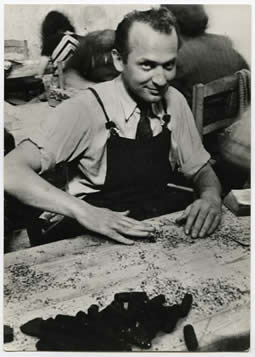
Jacques Hérold was a prominent surrealist painter born in Piatra Neamț, Romania.
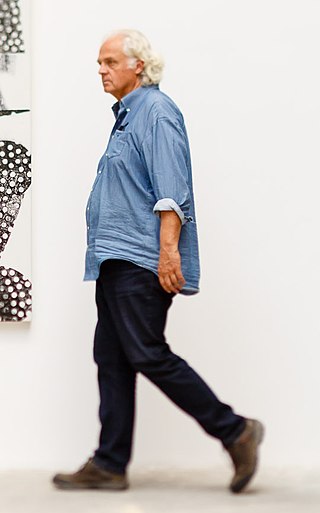
Yves Zurstrassen (1956) is a Belgian abstract painter. He lives and works in Brussels (Belgium) and in Viens (France).

Roger Dewint was a Belgian engraver and painter. He was an honorary professor at the Académie Royale des Beaux-Arts.

Jean Degottex was a French abstract painter, known in particular for his initial proximity with the lyrical abstraction movement of the 1950s and 1960s. He is considered an important artist of the abstraction movement in the second half of the twentieth century and a significant inspiration for contemporary art. Degottex was particularly inspired by East Asian calligraphy and Zen philosophy in achieving the erasure of the creative subject.

















